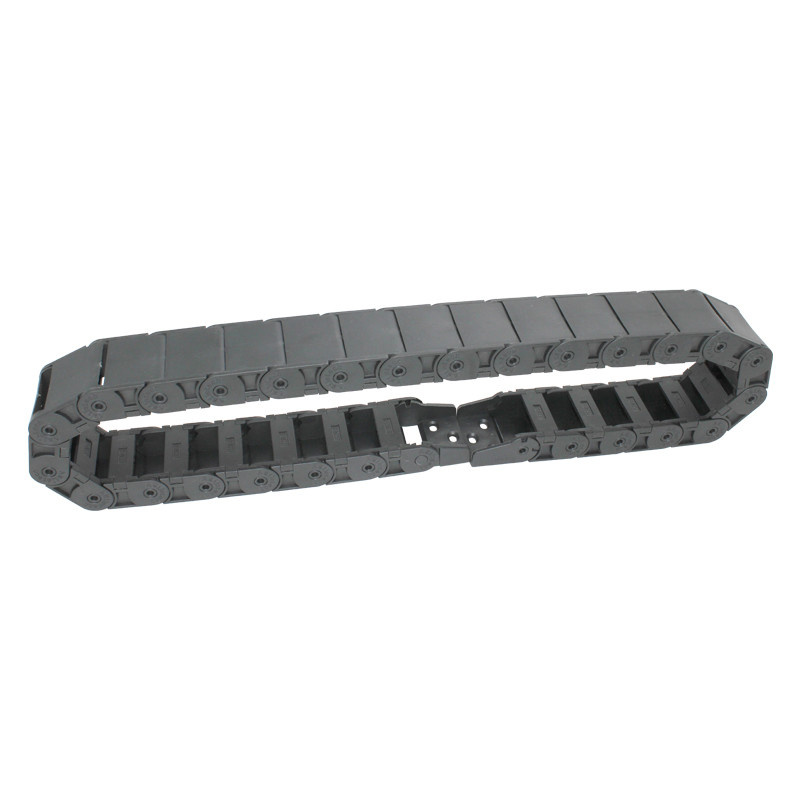Understanding the Basics and Applications of Synchronous Belts in Mechanical Systems
Understanding Synchronous Belts A Comprehensive Overview
A synchronous belt, often referred to as a timing belt, is a type of mechanical belt used in machinery to synchronize the rotation of two or more shafts. This innovative component plays a crucial role in various applications, from automotive engines to industrial machinery, enabling precise control over timing and movement. In this article, we will explore the structure, function, advantages, and applications of synchronous belts.
Structure of Synchronous Belts
Synchronous belts are typically made from durable materials such as rubber, silicone, or polyurethane, which are reinforced with fibers like nylon or Kevlar to increase strength and longevity. The defining feature of a synchronous belt is its teeth, which are designed to engage with corresponding grooves in pulley systems. This unique design allows for a positive drive mechanism, ensuring that there is minimal slippage and that the movement between the belt and pulleys is tightly synchronized.
The belts come in various sizes and profiles, depending on the application they are intended for. Common types of synchronous belts include trapezoidal, round tooth, and curvilinear configurations, each designed for specific purposes based on the required load capacity and speed.
Function and Mechanics
The primary function of a synchronous belt is to transfer power from one rotating shaft to another while maintaining precise timing. Unlike traditional V-belts that rely on friction to transmit power, synchronous belts utilize a toothed design that prevents slippage. This characteristic is critical in applications requiring exact synchronization, such as engine timing systems in vehicles where the crankshaft and camshaft must rotate in perfect harmony to ensure proper engine operation.
As the belt moves over the pulleys, its teeth engage with the grooves, translating the rotational motion efficiently and accurately. This mechanism not only enhances the performance of machines but also contributes to their reliability and lifespan.
Advantages of Synchronous Belts
Synchronous belts offer several advantages over traditional belt systems
what is a synchronous belt

2. Reduced Slippage Since the design prevents slippage, the efficiency of power transfer is significantly higher, leading to improved performance and energy savings.
3. Durability Manufactured from high-quality materials, synchronous belts are resistant to wear and can withstand extreme conditions, reducing the frequency of replacements.
4. Quiet Operation Unlike chains and metal gears, synchronous belts operate quietly, which is beneficial in applications where noise reduction is essential.
5. Lower Maintenance With minimal wear and tear, synchronous belts often require less maintenance, saving time and costs for manufacturers and operators.
Applications of Synchronous Belts
Synchronous belts are versatile and can be found in a myriad of applications, including
- Automotive Industry Used for timing belts in engines, ensuring accurate synchronization between the crankshaft and camshaft to optimize engine performance. - Industrial Machinery Employed in conveyor systems, robotic arms, and manufacturing equipment where precise movement is crucial. - HVAC Systems Utilized in fans and blowers for consistent speed control and reliability. - Consumer Electronics Found in devices like 3D printers and CNC machines, where precision and control are paramount.
Conclusion
Synchronous belts are pivotal components in modern machinery, providing an efficient and reliable means of power transfer with precise timing. Their robust design, coupled with numerous advantages, makes them an indispensable part of various industries. As technology continues to advance, the importance of synchronous belts will likely grow, propelling innovation in numerous applications and further enhancing operational efficiency. Whether in automotive systems or industrial tools, understanding the value and functionality of synchronous belts is crucial for anyone involved in engineering and mechanical design.








